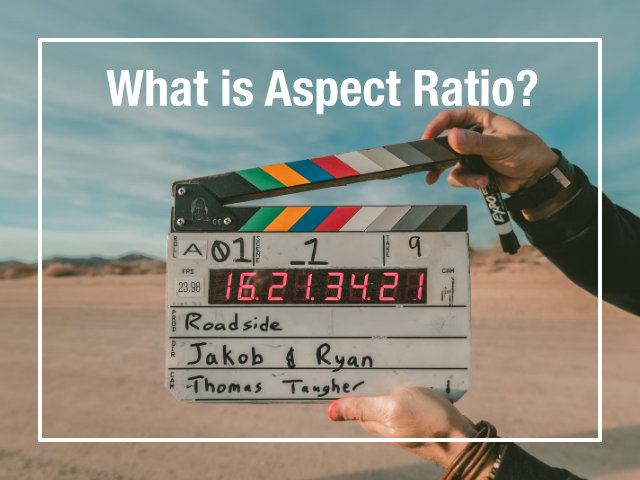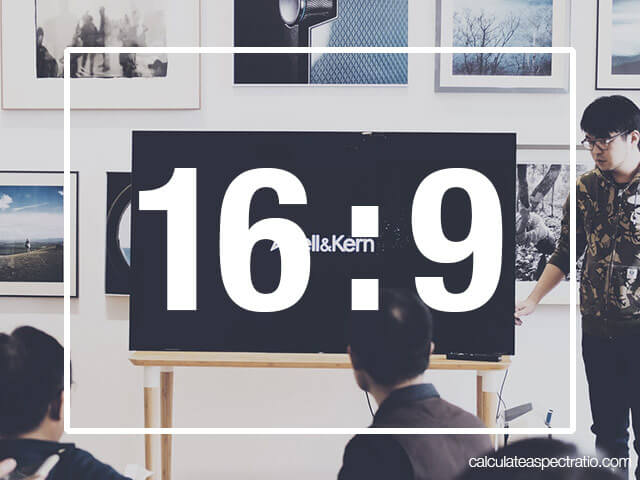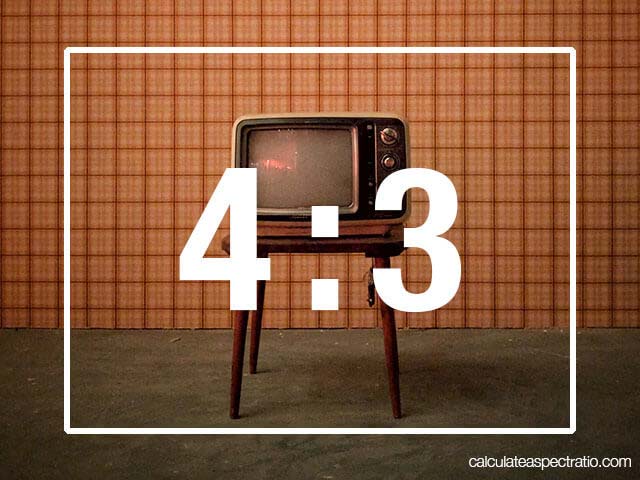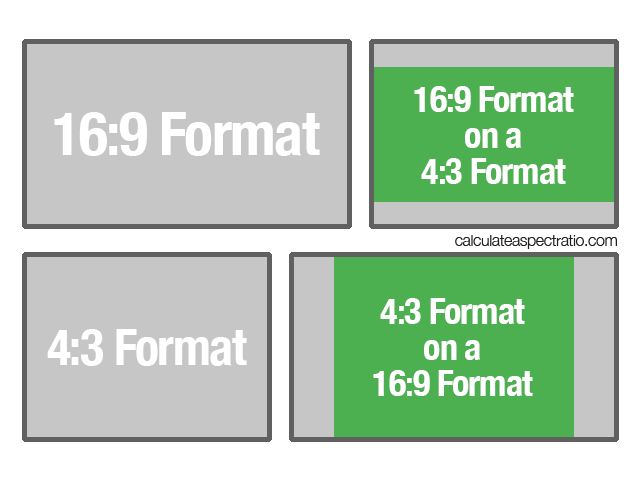Aspect Ratio Explained
Ever wonder why a movie screen is super wide, but an old TV show looks more like a square? The answer is aspect ratio!
This guide will explain what that means in a really simple way.
What is an Aspect Ratio?

Don't let the fancy name fool you. An aspect ratio just describes the shape of a rectangle by comparing its width to its height.
For example, a 16:9 ratio means for every 16 inches wide, the screen is 9 inches tall. This stops pictures from looking squished or stretched.
If you need to figure out the right size for a project, use our easy aspect ratio calculator.
Common Aspect Ratios
You see these shapes every day. Here are the most popular ones:

16:9 - Widescreen TV
This is the shape of almost every modern TV, computer monitor, and YouTube video. Use our 16:9 calculator for this.
4:3 - Old TV & Monitor
This is the shape of old TVs. It looks much more like a square. Our 4:3 calculator can help with this classic size.

1:1 - Square
Think Instagram! A perfect square is great for profile pictures and photo galleries.
21:9 - Movie Screen
This is that super-wide shape you see in a real movie theater. It's used to make movies feel big and epic.
3:2 - Classic Photo
This is the shape of a standard photograph, like the ones you print from a camera.
Aspect Ratios vs. Screen Resolutions
A "resolution" is the exact number of tiny dots (pixels) that make up a screen. Many different resolutions can have the same aspect ratio shape. Here are some popular screen sizes:
- 1280 x 720 (HD or 720p) - An early HD standard with a 16:9 shape.
- 1920 x 1080 (Full HD or 1080p) - The most popular screen resolution in the world, with a 16:9 shape.
- 2560 x 1440 (QHD or 1440p) - Common in high-end gaming monitors, also 16:9.
- 3840 x 2160 (4K or Ultra HD) - The standard for new TVs, offering a very sharp 16:9 picture.
- 1024 x 768 (XGA) - A very common 4:3 resolution for older monitors and projectors.
Black Bars & Distortion

If you've ever seen black bars on your screen, you've seen an aspect ratio mismatch. This happens when the shape of the video (like a wide 21:9 movie) doesn't match the shape of your screen (like a 16:9 TV).
Your TV adds black bars to show you the full image without distorting it. The only other way is to change the aspect ratio by either:
- Stretching it: This fills the screen but makes everything look tall and skinny.
- Cropping it: This fills the screen but cuts off the sides of the picture.
For the best experience, you should always try to watch content in its original aspect ratio.